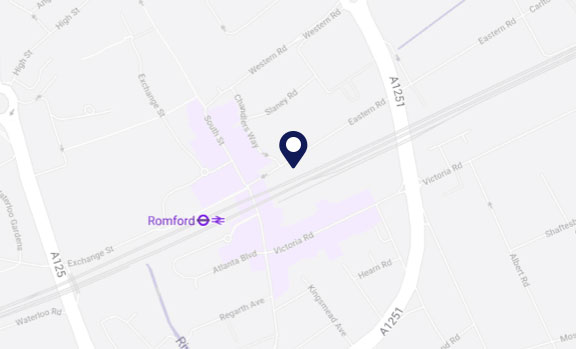The main methods of eviction to evict a tenant from a residential property are found under Section 8 and section 21 of the Housing Act. Section 21 is what you’d regard as the most straightforward process, and this entitles a landlord to have possession back of their property as of right. You can only use section 21 once the existing tenancy has come to an end and so long as you’ve complied with all the preconditions of service to the section 21 notice. A section 21 eviction process requires you to serve a notice on the tenant. This notice will give the tenant two months in which they have to vacate the premises. If they fail to vacate the premises after that two-month period, you can then issue court proceedings. The court proceedings should go via a paperwork process. They shouldn’t be a court hearing unless the tenant opposes the application that you’ve made. The court will then grant you a position order. If at the date of the possession order the tenants still fails to leave your premises, then you will have to appoint the county court bailiffs to go in and remove the tenant and carry out a bailiff eviction. The other option you have to evict a tenant is under Section 8 of the Housing Act. Section 8 sets out a number of grounds where the tenants are in breach of the terms of their tenancy. There are a number of mandatory grounds and discretionary grounds. Ideally, you want to rely on a mandatory ground because so long as you can prove this ground then the court must award you possession of the property. If you’re using a discretionary ground, then obviously the court has discretion whether they give possession or not. The main grounds that are relied upon under Section 8 relate to the non-payment of rent. Ground 8 under Section 8 is the main rent ground. This applies where a tenant is in arrears of rent for more than two months so as soon as that tenant’s arrears exceeds two months, you can then serve notice on the tenant to evict them. That notice is only a two week notice so it’s a very short notice period. If at the end of that notice period, the tenant hasn’t left the premises, then again you issue proceedings and seek a procession order from the court. Under Section 8, the court proceedings will require you to attend a court hearing, and at that court hearing, you have to essentially prove the ground that you are bringing the claim under. So if you are trying to prove the arrears we’d file a witness statement, setting out the evidence of the arrears that have accrued from your tenant. If the court accepts that those arrears are valid and in excess of two months at the time of the hearing taking place, then the court will give you a possession order. Again, the same with section 21. If the tenant refuses to leave under the terms of the possession order, a county court bailiff can be instructed to carry out an eviction. There are other grounds under Section 8 which allow you to evict a tenant. The other ones that can be relied upon often is ground 12, and that relates to other breaches of tenancy, and that would be for things such as a tenant unlawfully subletting or if they’ve allowed the property to go into disrepair. The notice and court proceeding process is the same when relying on those grounds as it would be for the rent arrears grounds.










